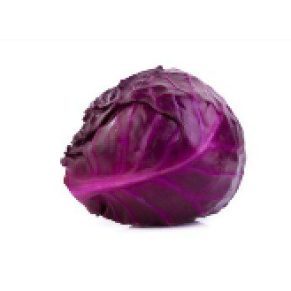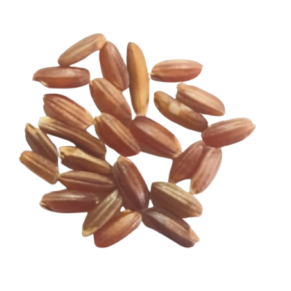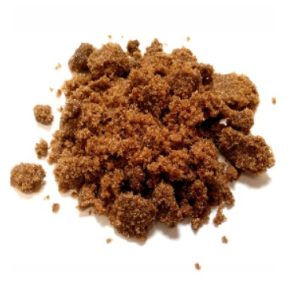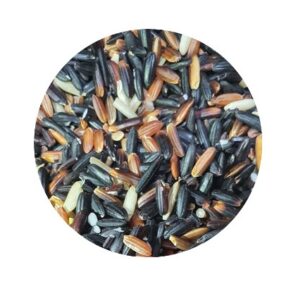- Your cart is empty
- Continue shopping
White Sonora Wheat
What White Sonora Flour Really is?
White Sonora Wheat is a versatile grain that is great for making pizza doughs or tortillas.
Chefs also cook it with beans and soups. They can prepare it whole or cracked, adding it to salads or serving it as a side dish.
Chefs often favor this versatile ingredient for its adaptability and rich nutritional profile. When preparing dishes that require a hearty component, chefs frequently incorporate it into beans and soups, enhancing the meal’s texture and flavor. They have the option for a different culinary experience to use the ingredient in its whole form, which offers a chewy and satisfying bite, or to crack it to shorten the cooking time and achieve a softer texture.
Elaborating on this, when chefs set out to create dishes with a need for a substantial element to satisfy hunger and add depth, they often turn to ingredients like legumes, grains, or certain root vegetables. The choice of ingredient significantly influences the final dish’s texture, taste, and nutritional value. By adding these components to beans and soups, chefs can turn a simple meal into a more complex and satisfying experience. Beans, with their high protein and fiber content, become even more nutritious and filling when paired with another hearty ingredient. Soups gain thickness, richness, and an added layer of flavor, transforming from a light course to a main dish.
Opting to use the ingredient in its whole form is a decision that can enhance a dish’s sensory experience. The whole ingredient, such as whole grains, legumes, or large chunks of vegetables, provides a chewy texture that requires more time to eat, encouraging slower eating and increasing satisfaction. This method is particularly appealing in dishes where texture plays a crucial role, like in salads, stews, or casseroles.
Chefs may opt to chop ingredients into smaller pieces to decrease cooking time, suitable for fast meal prep. This method also alters the texture, creating a smoother consistency perfect for creamy soups, dips, or fillings. This versatility allows chefs to tailor their dishes to specific tastes and occasions, showcasing their culinary skills and creativity.
In addition to warm dishes, this ingredient finds its place in cold preparations as well. Chefs skillfully add it to salads, where its nutty flavor and pleasant crunch introduce a new layer of complexity to the dish. Not only does it boost the nutritional value of salads, but it also increases the dish’s satiety level, making it more filling and satisfying.
Moreover, when looking for a simple yet nutritious side dish, this ingredient serves as an excellent choice. Seasoned with herbs, spices, and sometimes olive oil or lemon, it complements grilled meats and roasted vegetables well. Its versatility and health benefits have established it as a global kitchen staple, enriching meals nutritionally and culinarily.
What Nutrition Value Does it Has?
White Sonora Wheat has a relatively high protein content of 12.73% and is low in gluten-forming proteins, making it a “soft” wheat.
Wheat is a grain rich in protein, carbohydrates and dietary fiber, as well as iron. It has been used in traditional medicine to treat a variety of ailments, such as fever and tumors. Not all of these remedies have been confirmed, but for those who don’t have a gluten intolerance or Celiac disease, wheat can be a nutritious and wholesome food.
In some rural villages, heritage wheat like White Sonoran Wheat has seen a revival, driven by efforts to preserve its cultural and regional significance. This wheat flour, favored by artisanal bakers for its rich, sweet, earthy flavor and lighter texture despite being whole wheat, combines low protein content similar to white flour.
| Weight | 1 kg |
|---|

























